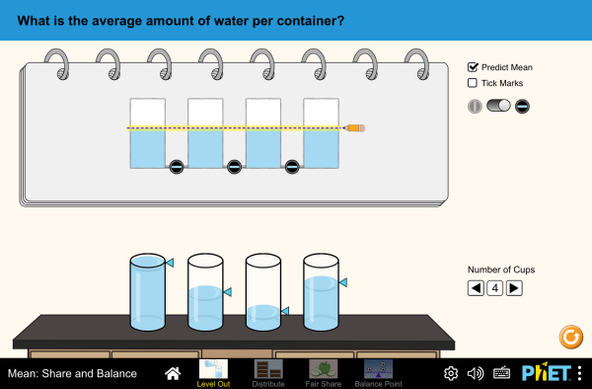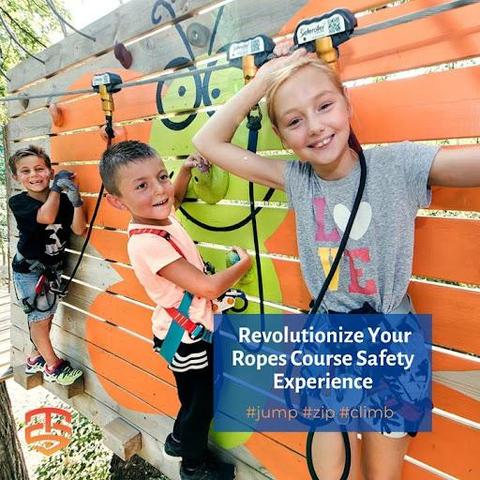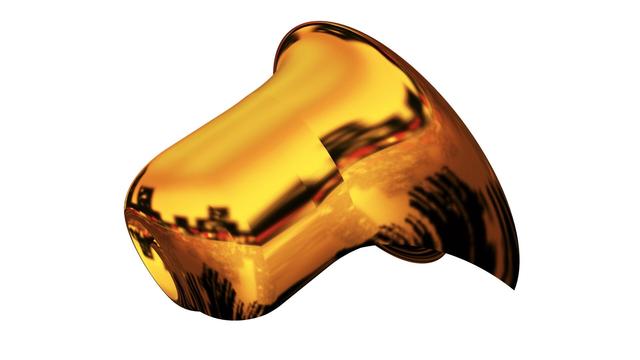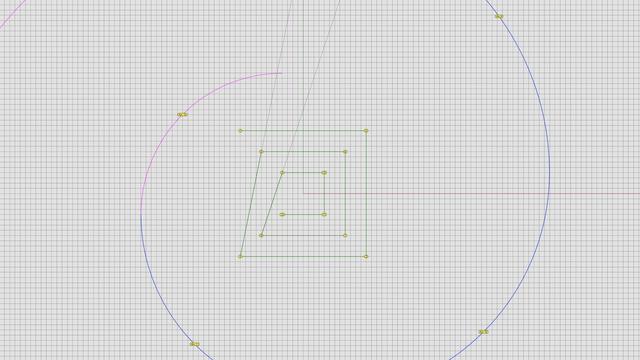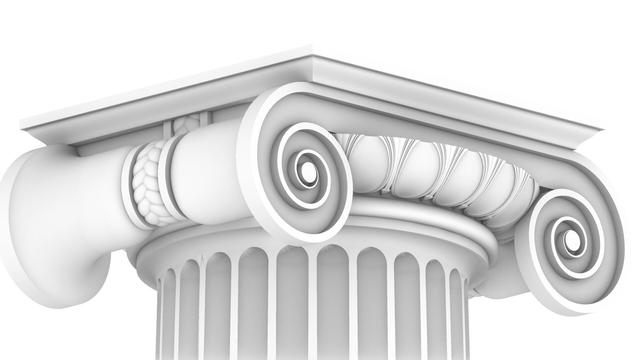Saferoller: The World's First Rolling Continuous Belay System. bit.ly/ShopSaferoller Stay safe and secured end-to-end with the innovative Saferoller Trolley, designed for ultimate protection on the lifeline.
#belay #safety #saferoller #continuous #lifeline #fallprotection
Environment mapping is similar to #textureMapping that I used in https://pixelfed.social/p/Splines/790701780235593999 to give a marble look to a finished design, except that the purpose of an #environmentMap is not to create a finished design, but just to temporarily wrap an image on a surface to check it by "eye."
Here, we see the scroll surface with a polished gold environment map. For many uses, this surface is adequate. But if you are looking for perfection, you will not be able to ignore the #banding on the scroll surface, precisely at each interstitial location — There are 5 distinct bands from 6 #modulatingSpirals.
The banding is caused by our #tertiaryCurves which are #continuous over the scroll surface, but not #smooth. Mathematically speaking, the tertiary curves are not #continuouslyDifferentiable over their entire length. So, is it time for #quaternaryCurves and sweeping the scroll surface again, section by section?
There is an easier way to achieve a smooth patina on the scroll surface using #surfaceBlend. We used #curveBlend, specifically #tangencyBlend in https://pixelfed.social/p/Splines/791723063470910081 and https://pixelfed.social/p/Splines/791794072490907090, and #arcBlend in https://pixelfed.social/p/Splines/792616677005177924.
To build the scroll surface using surface blends, we keep only the front 5 sections and the rear five section intact. That is because these sections are the most definitionally rich and impart the whole surface its distinctive look.
We discard the bands immediately adjacent to the front and rear bands — ones that are 14 units and 7 units deep. Then we split the remaining middle band that is 25 units deep into 18 and 7, with the larger section biased toward the front.
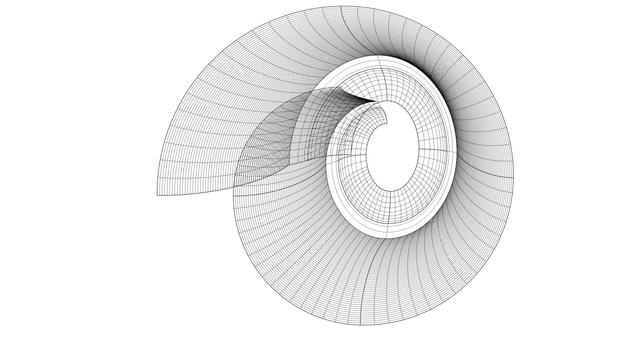
Splines (@Splines@pixelfed.social)
Continuation of https://pixelfed.social/p/Splines/794199123072358090 After you have rebuilt all the #spiral arcs as well as the projected #secondaryCurves into #tertiaryCurves, it is finally time to sweep the scroll surface, but remember to do it one section at a time. Use one section of a spiral arc and the corresponding arc in the next interstitial as #railCurves. Then, #sweepTwoRails, using one section of the tertiary curves on each end of the rails. This diagram shows 5 sections of the swept surfaces in front and 5 sections in the back. The remaining ones will be built similarly but require further processing to make the whole surface smooth.
The #IonicVolute is constructed as a spiral, of which there's a bewildering array of types that have fascinated artists, philosophers, and mathematicians alike for millennia. Most #CAD tools have a built-in primitive for spirals, but you will only waste your time with them because they strive for #continuous curvature changes, when only a #discrete spiral made from circular arcs will work in this design. I spent years trying different kinds and learned a lot in the process.
Even within the family of discrete spirals, there's only one that fits. Dürer's approximation of #logarithmicSpirals with 90° arcs comes close, but still doesn't fit. The only one that works is contrived to fit the measurements of the #IonicCapital, and it's not a general spiral. It's specifically designed for 3 turns, and you can only proceed in one direction — toward the eye. You cannot start at the eye and diverge outward.
The process is not complicated. I purposely left out the measurements in the sketch because they cluttered the area near the eye, but I describe them here.
When µ = 144, you will need to start with a square that is exactly 1 part (8 units) wide and divide it into smaller portions — initially 6, but eventually 24. This is the first time you might regret choosing µ = 144. If you had chosen a value 3x larger, then one part would be 24 units instead of 8. That would certainly have made understanding the volute a little easier but the other measurements would also be 3x and too unwieldy to work with.
There is a happy compromise: Temporarily scale everything up by 3x just for the volute, and once it has been constructed, scale it down to 1/3 to fit with the rest of the design.
So, the first step is to divide the square into a 24x24 grid. Then make 3 concentric squares 4 units apart and mark their ends with points 1 through 12 as shown here.
The Ionic capital is complex, but not unapproachable. We will systematically construct everything in this draft rendering using just straight lines and arcs as promised in https://pixelfed.social/p/Splines/789956327130679640, with the exception of the #cymaReversa near the top and the 3-strand braid on the ribbon.
In this rendering, the cyma reversa near the top is made using a flattened half-turn of a #helix, but it can also be constructed using elliptical arcs as I described in earlier posts.
The braid is a #periodic shape with infinite variety and is also based on a helix. You can vary the number of strands, their thickness, pitch, and so on, none of which are essential to the Ionic Order itself. They're only a jumping point for further exploration.
The eggs in the 'eggs and darts' motif can have different shapes. They can be convex like real eggs or concave as shown here, but the top is almost always sliced off. The total depth of the convex or concave shapes can vary, but only within a range of 1 part, or 8 units.
The #volutes in the front and back of the capital are based on #spiral shapes, of which there are many different kinds. Some have #continuous curvature changes, while some do it in #discrete steps, like #fibonacci spirals that can approximate #logarithmic spirals seen in nature, e.g., nautilus. When curvature changes are discrete, the spiral arms can diverge in #arithmetic, #geometric, or some other sequence.
We will construct all of these, and most notably the smooth, sweeping surface of the scrolls using just straight lines and arcs, and let the #CAD software deal with delicate #NURBS curves and surfaces.
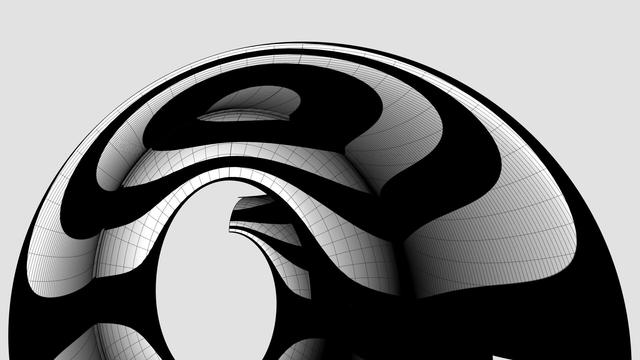
Splines (@Splines@pixelfed.social)
This sweeping shape is a timeless design that first appeared in the scrolls of the #IonicCapital as the most distinctive part of the #IonicOrder in classical Greco-Roman architecture more than 2500 years ago. Shown here with a zebra pattern on the wireframe of a CAD model to accentuate its features and attest to the smoothness of its 3-dimensional surface, the design has been refined many times since the original version over the last two millennia. The two most remarkable things about this design are that: — It can be recreated with modern CAD tools by drawing simple 2-dimensional straight lines and circular arcs exclusively. The end result is truly breathtaking and makes one wonder how architects visualized the result and put theory into practice. In the CAD model, the ultimate surface is a #NURBS surface that uses #BSplines extensively, but none of the B-splines or surfaces need to be created "by hand." One only has to draw straight lines and circular arcs with accurate measurements snapped to grids. — For a design that has survived the ages, it is lamentable how few authoritative sources that accurately describe fine details and exact reconstruction methodology remain accessible to the general public in the age of Internet. The most comprehensive is the 10-volume tome that Marcus #Vitruvius Pollio, a Roman architect and engineer, wrote for #JuliusCaesar and his successor Emperor #CaesarAugustus. [https://www.gutenberg.org/files/20239/20239-h/20239-h.htm] I frequently use two more authoritative sources: — "Regola delli cinque ordini d' architettura," or simply #RegolaArchitettura by Giacomo Barozzi da #Vignola [https://archive.org/details/gri_33125008229458/page/n3/mode/2up], and — "A Course in Theoretical and Practical Architecture," or simply #PracticalArchitecture by Francisco Salvatore #Scarlata (#Bordonaro), which documents #VignolaProportions in tabular form [https://babel.hathitrust.org/cgi/pt?id=mdp.39015031201190&view=1up&seq=5]
Daily inspiration: "The difference between good & great companies isn't when they innovate, but that they never stop!" - Futurist Jim Carroll
Over the years, I've had several companies come to me, seeking a speaker for a leadership or annual conference, stating that their 'theme this year is innovation.'
I tried hard not to crack up.
As in, you only do this once?
You are going to 'do' innovation and then move on to the next thing?
Shouldn't you be innovative all the time?
I've always been sure that their intentions are good, and in most cases, it has been - they are in an innovative mind space and are always prepared to explore their opportunities through creativity.
But there have been many others for whom innovation seems to have been a 'one-time thing,' an afterthought, an item to address on a checklist before moving on to the next leadership buzz thing.
Um, OK.
The reality is this: innovation isn't an annual event - it's the daily heartbeat of progress that keeps organizations alive. When you schedule innovation for a conference as a one-time topic, you've already missed the point. True innovation lives in every moment of every day. And in fact, the most dangerous words in business aren't 'We're failing,' but 'We'll innovate next quarter.' Innovation isn't a theme - it's the very air successful organizations breathe. The fact is, if you have to declare an innovation season, you're already living in the depths of a pretty brutal leadership winter.
The difference between average companies and great companies is that tomorrow's leaders don't schedule creativity or innovation - they cultivate it in every conversation, decision, and moment.
The companies that survive don't ask when to innovate - they ask why they ever stopped!
#Innovation #Continuous #Growth #Success #Leadership #Culture #Change #Progress #Reinvention #Mindset---
DADYMINDS PODCAST 3: The Deep Dive Book Talk on Your Life Can Be Changed by Anath Lee Wales
Get the book here: Keywords #self-concept, #self-improvement, #confidence, #relationships, #time management, #risk management, #stress #management, #continuous #learning, #marketing #planning, #personal #growth Summary This conversation delves into the key themes of Anath Lee Wales' book, 'Your Life Can Be Changed', exploring the importance of self-concept, building…
DADYMINDS PODCAST 3: The Deep Dive Book Talk on Your Life Can Be Changed by Anath Lee Wales
Get the book here: https://books2read.com/u/4jBw62 Keywords #self-concept, #self-improvement, #confidence, #relationships, #time management, #risk management, #stress #management, #continuous #learning, #marketing #planning, #personal #growth Summary This conversation delves into the key themes of Anath Lee Wales’ book, ‘Your Life Can Be Changed’, exploring the importance of self-concept, building self-confidence, the role of relationships, effective time management, risk ...
Attention-Worthy Links for December 7th, 2024
#arabica #robusta #income #wilt #Fusarium #xylarioides #carbon-14 #diamond #battery #continuous #microwatts #UKAEA #Cyberattacks #telecommunications #persistent #access #50 #wiretap #celebrating #assassination #UnitedHealthcare #Reddit #X #Tiktok #Linkedin #post-election #pro-crypto #Trump #nomination #crypto-enthusiasts
Automate Your Builds: How To Publish Artifacts To Sonatype Nexus Using Jenkins Pipelines In 10 Steps - CT
In this comprehensive guide, we will utilize Jenkins as a continuous integration server and Nexus as a build repository, streamlining our development process.
